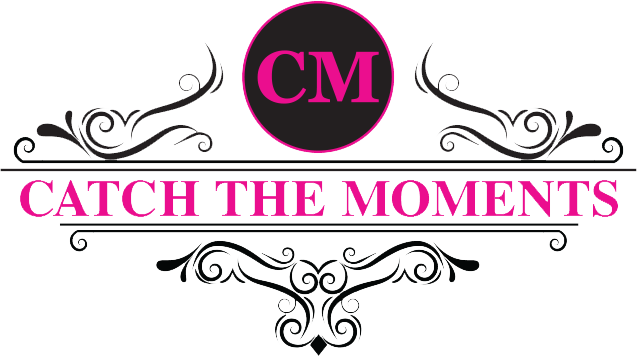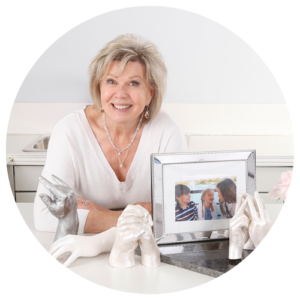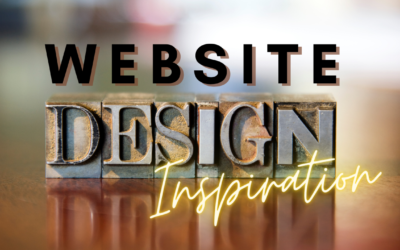My kids could get lost in their phone apps, video games, and technology for literally 14 hours a day. I often wonder what would happen if I just let them. How long would it take for them to look around and wonder what year it is?
I chose not to write this blog using AI – like a lot of people these days. Even though the online sentiment says that I could’ve done it in one-tenth of the time with AI and I’m an idiot if I don’t “get with the program”.
We seem to have it all figured out. All the convenience of the modern world wrapped up in free shipping, on-demand hot water tanks, AI and one-click shopping sites.
Everything is so programed and automated now that a lot of people I know can’t make a decision without consulting an expert with a PhD first.
Being told what we should think and keeping up with the trends is in.
Creative thinking is not.
As we evolve in our scientific, systematic and logical world, we’ve become more and more obedient to rules, experts and authority. We’re scorned for questioning anything. We’ve become ingrained in easy and convenient.
We can’t think for ourselves any more. Everything has to fit inside a neat little pre-ordered done-for-us box.
So what? That’s progress, right?
Is this really the way to a better life?
Who needs free thinkers when in this day and age everything has already been thought?
What Are We So Afraid Of?
Why is creative thinking important?
The death of a society begins with a lack of innovation. The inability to be creative.
A culture that loses the ability to think outside the box in new, innovative and creative ways becomes a vulnerable society. Imprisoned in routine, locked into systems and eventually doomed to fail.
The fear of critisism, certainty, lack of control, failure and predictability are all enemies of innovation and creativity.
Somehow, as a society and a culture, we’re veering down a road that doesn’t value innovation, new ways of thinking, and open mindedness. It all boils down to societal and cultural values and those currently steering our culture aren’t steering toward creative thinking and open mindedness.

“We cannot solve our problems with the same thinking we used when we created them.”
Albert Einstein
In a biography about Albert Einstein called “Einstein: His Life and Universe”, author Walter Isaacson argues that it was Einstein’s creativity, not his mathematical genius, that led him to his great discoveries.
So, genius can be the ability to see things that others don’t see. At it’s core, that IS creativity.
Our North American culture doesn’t hold creativity that highly. I mean, check out the top 10 values of American culture according to Andrews University.
- Individualism
- Equality
- Materialism
- Science & technology
- Progress & change
- Work & leisure
- Competition
- Mobilidy
- Volunteerism
- Action & achievement oriented
Where is open minded, innovation, culture, play, free thought?
Ok, progress and change looks like it could be a creative value.
Let’s look at their definition:
- belief in changing self and country
- “Manifest Destiny”
- optimism — nothing is impossible
Not so much creative thinking there.
Let’s imagine, then, what kind of values would foster more free thinkers and creative traits.
But first…
What’s The Big Deal About Creative Thinking?
Creativity enables empathy. It allows us to view the world from somebody else’s eyes.

It opens up our minds so we can see things from different perspectives. You know all the talk about equality and acceptance of gender and race? Open minded means acceptance of an idea even if you don’t agree. Not forcing agreement.
That’s coercion.
Creative thinking nurtures confidence and supports resilience. Our current Western thinking society tends to reward “left-brained” thinkers using rules, schedules, agendas, hard work, drive and logic.
“Creativity is intelligence having fun”
Albert Einstein
Creativity let’s us think outside the box and color outside the lines without getting in trouble. That’s the “having fun” part!
It’s easier to see the bigger picture with an open, free-thinking mind.
It reduces stress because when we’re creative, letting go of our thoughts, day dreaming, imagining, opening our minds, we move into a flow state.
Sounds awesome.
So why aren’t we doing more of it?
We were taught that daydreaming was bad. Making mistakes was wrong. Studying for tests meant memorizing multiple choice answers. And don’t stand out.
God forbid you stood out in high school…
The loss of creativity is the death of society. I don’t know about you but when I look around, I see a lot of rules, boxes and talk of AI doing everything for us. Not much about open minded, flow state, outside the box, imagination, day-dreaming, intuitive creativity.
Creativity Is Actually A Skill
Being a logical, left-brained thinker is a thing of value. But without balancing that with right-brained creative thinking, we go down an unhealthy path.

If you’re looking for more creativity in your life, check out 8 Reasons To Start A Creative Home Business.
Let’s start putting creativity and flow back on the Top 10 List and back into our lives again.
It’s not as hard as you think. Like most things, it just takes some practice.
Here are some ways we can do that.
Creative thinking strategies:
- Pattern interrupt.
Many things we do day-to-day is a result of habit. We are a product of our patterns and most of us stick to what is familiar and certain. Instead, try paying attention to these patterns in your life.
How?
First, you need to become aware that you are often stuck in different patterns.
Start paying attention to your thoughts throughout your day. This is where meditation comes in. Quieting your mind allows you to see, hear and feel more. Our brain becomes so noisy that we can’t hear anything else.
Creativity, intuition, innovation, and often awareness is subtle. It’s a whisper. When you can turn down the noise a bit, it’s much easier to hear and feel the softer and more subtle thoughts and emotions that live on the other side of your brain and in your body.
Throughout the day, remind yourself to “come back” to the present. Especially when you feel yourself getting stressed, overwhelmed or when you notice that you’re doing “that thing” you always do that could be keeping you stuck. Stay present for a minute and remind yourself to let it go. Then go back to your day. Try to do this multiple times a day.
That’s pattern interupt.
Practice releasing some old habits and changing the way you think. And your problem solving and creative thinking skills have a much greater chance of coming out.
- Detox.
Yep, you heard that right! We have become inundated with chemicals, wifi, pesticides, plastics, pharmaceuticals, mold, viruses and bacteria.
When our brains are bombarded with fear, doubt and uncertainty from the outside while our bodies accumulate toxins from the inside, over time, our nervous system becomes overly stressed. And over time, it gets stuck in fight or flight. Not only is that a difficult state to live in, but eventually, that will take it’s toll on your immune system and make you sick.
When your body is stuck in a constant state of fight or flight and stress, your actions will reflect this. And real creative thinking becomes much more difficult to achieve.
“Since your emotions impact your actions, controlling your emotional state empowers you to promote the behaviors you want to sustain to improve your life.” – Tony Robbins - Spend time in nature. Its relatively logical to conclude that our environment highly affects our creativity. Hence, making sure to spend time in nature.
There’s a really interesting study called The Attention Restoration Theory (ART) by Steven Kaplan (1995).
Steven identified two types of attention. One refers to the direct attention system, which is used in unnatural environments, like urban environments, office work or when driving a car. In these situations our brains are ‘hit’ by 11 million bits of information per second, which demand our attention, while only 15–20 bits of information are cognitively adapted. The rest we have to sort out, and this demands energy, which will become mentally tiring (Kaplan, 1995). The other concerns spontaneous attention, or soft fascination, which is the ability to experience things unnoticed, thus stimulating the brain without being mentally tiring. In nature, this type of attention is used and stimulated. – Positive Psychology
You may already be pretty creative or you can LEARN to be creative. It’s a bit of the chicken or the egg argument.
As someone who has watched family members suffer from anxiety and depression for most of my life, I saw that creativity and art was one of the places they felt the best. They got lost in the process. They were meditative when creating art without even knowing it.
When they let their creativity take over, their loud, logical, demanding mind was quiet.
So let’s add tool number 4.
Practice being creative. The more time you spend using creative thinking techniques, the better you get at it.
Creativity is a skill you can learn. Gabrielle has taught hundreds of students the art of life casting. A craft and skill that creates beautifully detailed copies of the hands, feet, pregnant bellies and pet paws frozen in a moment in time.
As a craftsman, she understands the steps in the process of mold making. As an artist, she makes something even more beautiful out of it.
And in that process, she can quiet her mind, slow down her nervous system, and find moments of pure joy that only a creative, open minded and free thinking artist in flow would know.
It’s a happy place to be.







0 Comments